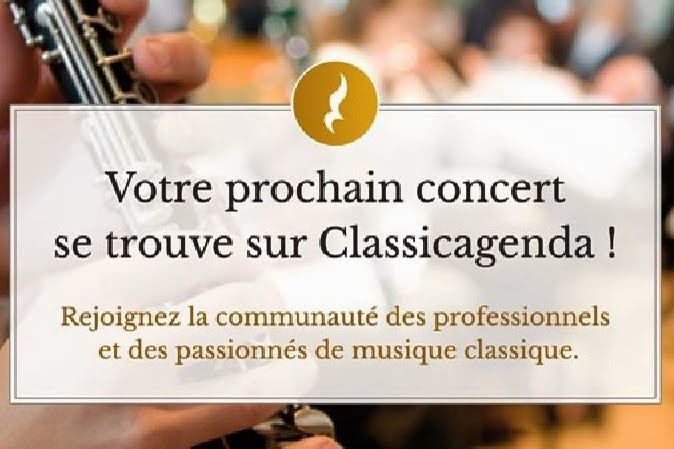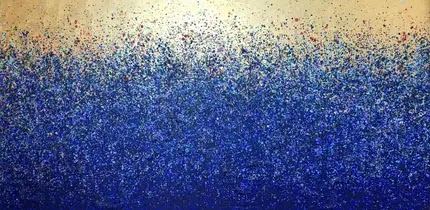 Rue Jean Goujon is close to the area we visited in my two previous posts. Maybe first just a few words about Jean Goujon: He was one of the major sculptors during the French renaissance, born in 1510 and (probably) killed during the St. Bartholomew massacre (1572). We can find his works on (part of) the Louvre facade (see previous post), in the Saint-Germain-l’Auxerrois church (see previous post), on the fountain at Square des Innocents (see previous post)...
Rue Jean Goujon is close to the area we visited in my two previous posts. Maybe first just a few words about Jean Goujon: He was one of the major sculptors during the French renaissance, born in 1510 and (probably) killed during the St. Bartholomew massacre (1572). We can find his works on (part of) the Louvre facade (see previous post), in the Saint-Germain-l’Auxerrois church (see previous post), on the fountain at Square des Innocents (see previous post)... The street may not be really remarkable, but there are some interesting points. Victor Hugo lived in a small house here in the 1830’s, now disappeared (at the level of the present no. 9), in what was then a green area. This is where he wrote “Notre-Dame-de-Paris”. This is also the period when some of the present buildings started to be erected, several date from the latter part of the 19th century and some are quite recent.
At number 10, you can find the famous portrait photographic studio “Harcourt”, established in 1934. A number of French and international celebrities have got their portrait made here. I show you just one example. If you want your portrait made, be prepared to pay some 2.000 € (2.800 $).
Some of these celebrities used to stay at the elegant neighbour hotel (no. 12), “San Regis”, which used to have the same owner as the even more famous left bank restaurant “La Tour d’Argent” (Monsieur Terrail). 
You would now cross Place François I, before finding the rest of the street. The place is surrounded by some elegant buildings. 
Especially one originally private mansion can be noted, “Hôtel Clermont-Tonnerre”, built in 1880 (see also top picture). It has later been used by Pierre Cardin who had his fashion house here in the 80’ and 90’s and is today occupied by the personal holding company of François Pinault (owner of Printemps, FNAC, Gucci, La Redoute, Christie’s...), a great fan and owner of contemporary art, which he now exhibits at “Palazzo Grassi” and at the “Dogana di Mare” in Venice. 
Continuing on Rue Jean Goujon, at no 15 there is today a church, an Armenian Cathedral, “Saint-Jean-Baptiste”, built in 1903. The address is especially famous for being the place where a wooden hangar, used for charity bazaars was situated. In 1897 some 1000 people, mainly members of the "high society", attended such a bazaar, the "Bazar de la Charité". A cinematography show with some Lumière brothers films was part of the event. The place was too crowded and hot... and took fire. 130 people died, among them the younger sister of the Empress of Austria (the famous “Sissi”). You can read about this much more in detail in a post by Adam (“Invisible Paris”). 
Another church was built here in 1903, to commemorate this catastrophe (at no. 23), the “Chapelle de Notre-Dame-de-la Consolation”, today adopted by the Parisian Italian community.
 With reference to our Polish friends, at no. 29 you will find the Polish Institute.
With reference to our Polish friends, at no. 29 you will find the Polish Institute.
I wish you a nice weekend!






























































